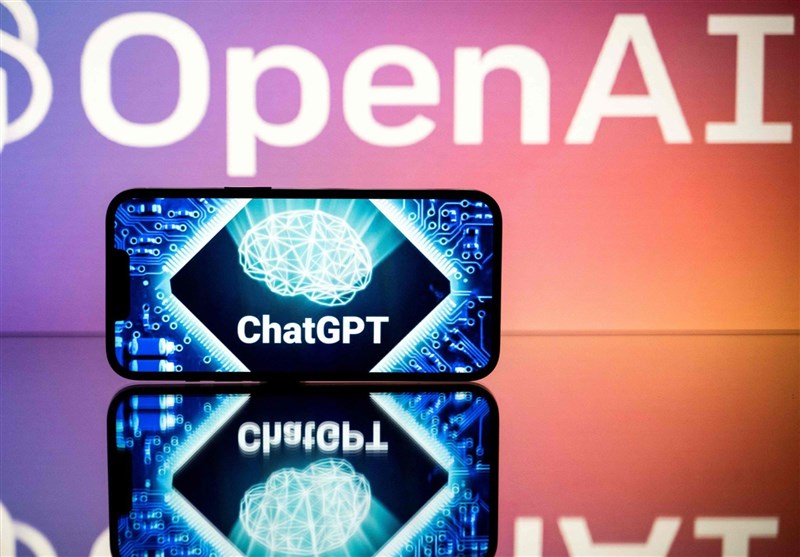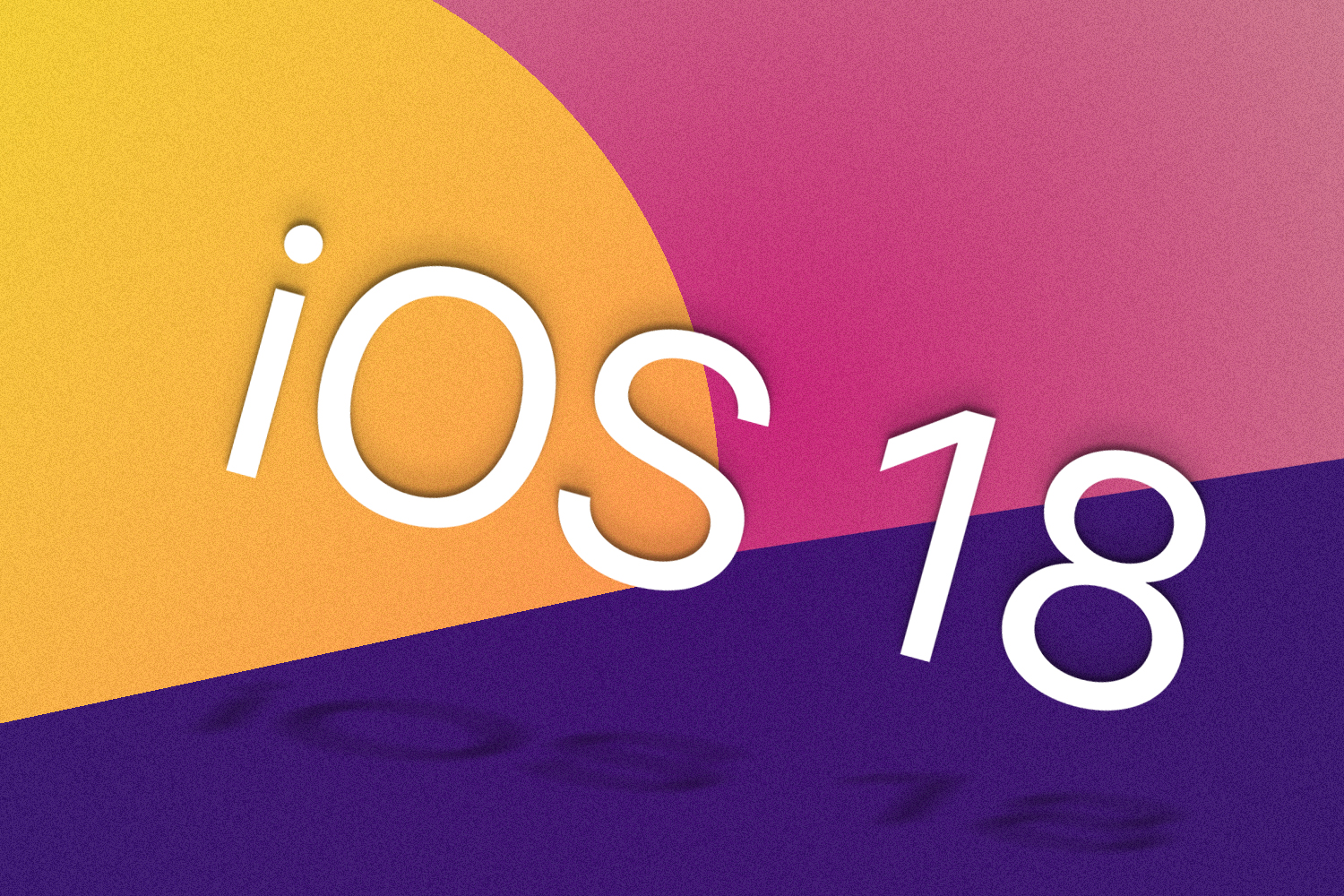OpenAI Unveils New AI Model: The o1 Series
In a significant development for the field of artificial intelligence, OpenAI has recently launched its new series of AI models, collectively referred to as o1. This announcement, made on September 12, 2024, marks a pivotal moment in AI technology, as these models are designed to enhance reasoning capabilities and improve the overall performance of AI systems.
Overview of the o1 Model
The o1 model, codenamed Strawberry, is a groundbreaking advancement that allows AI to engage in more complex reasoning tasks. Unlike previous models, the o1 series emphasizes a deliberative approach, meaning it spends more time processing information before generating responses. This is particularly beneficial for tasks that require fact-checking and problem-solving in areas such as math, science, and coding.
Key Features of the o1 Model
Enhanced Reasoning Abilities: The o1 model is designed to handle intricate queries more effectively than its predecessors. It can perform tasks that require a deeper understanding of context and logic, making it a valuable tool for developers and enterprises.
Self-Fact-Checking: One of the standout features of the o1 model is its ability to fact-check its own responses. This capability is crucial in ensuring the accuracy and reliability of the information provided by AI systems.
New Naming and Numbering System: OpenAI has introduced a new naming convention for its models, starting with the o1 series. This reset in the numbering system signifies a fresh approach to AI development, focusing on advanced reasoning capabilities.
Two Variants: The o1 series includes two variants: o1-preview and o1-mini. The o1-preview is tailored for advanced reasoning tasks, while the o1-mini offers a more accessible option for developers looking to integrate AI into their applications.

Implications for Developers and Enterprises
The introduction of the o1 model is expected to have far-reaching implications for developers and businesses. With its advanced reasoning capabilities, the o1 model can be utilized in various applications, including:
- Customer Support: AI can provide more accurate and context-aware responses to customer inquiries, enhancing user experience.
- Educational Tools: The model can assist in tutoring and educational applications by providing detailed explanations and solving complex problems.
- Research and Development: Researchers can leverage the o1 model to analyze data and generate insights more effectively.
Industry Reactions
The launch of the o1 model has garnered attention from various sectors, with many experts praising its potential to revolutionize AI applications. TechCrunch highlighted the model's ability to fact-check itself, emphasizing its importance in a world where misinformation is rampant. Similarly, Axios noted that the o1 model adheres more closely to intended safety guardrails, making it a safer option for deployment in sensitive applications.
Challenges Ahead
Despite the excitement surrounding the o1 model, OpenAI faces challenges as it navigates a competitive landscape. The company is reportedly looking to raise billions in funding to support its ongoing development efforts. As the AI market becomes increasingly crowded, maintaining a competitive edge will be crucial for OpenAI.

The launch of the o1 series represents a significant leap forward in AI technology, particularly in the realm of reasoning and problem-solving. With its ability to fact-check and process information more thoroughly, the o1 model is poised to become an essential tool for developers and enterprises alike. As OpenAI continues to innovate, the implications of the o1 model will likely shape the future of artificial intelligence in profound ways.
For more detailed information, you can explore the following articles:





